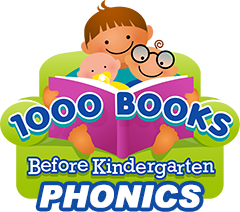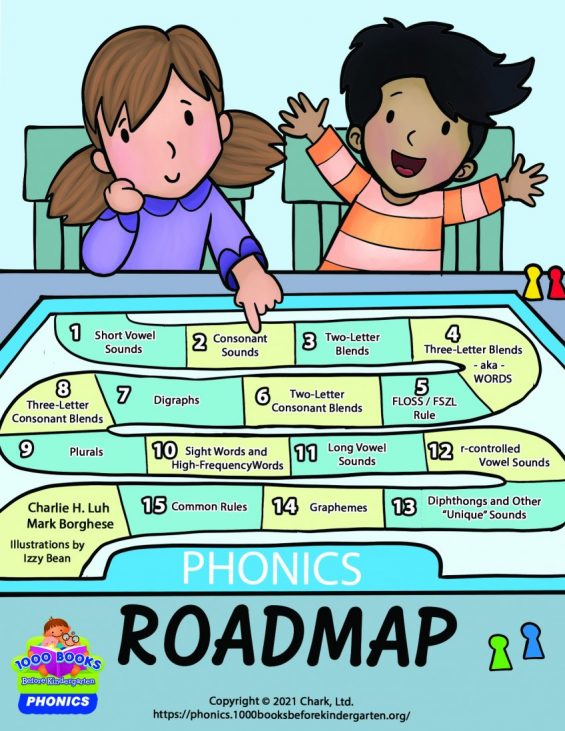Phonics at its core is a method of teaching reading by correlating sounds with letters or a group of letters. The good news is that the English Language contains just 44 unique sounds. There are 5 short vowel sounds, 18 consonant sounds, 7 digraph sounds, 6 long vowel sounds, 3 r-controlled vowel sounds, and 5 other special sounds (e.g., Diphthongs). One component of reading involves decoding or making connections between sounds and the letters that represent them. The difficulty is recognizing the particular letters or group of letters and associating them to the correct sound and eventually to the correct word. However, with practice (a lot of practice), your child will learn to read.
Before you begin teaching your child to read, it is very important that your child understands certain basic concepts to assist them in their reading. The first concept is the proper orientation of letters. Letters are the building blocks of words. Words are the building blocks of sentences. And sentences are the building blocks of paragraphs. The second concept is the direction of reading, i.e., left to right, and down. Written English is based on Latin, which in turn is derived from Greek, which proceeded left to right. The third concept is learning to speak and to differentiate sounds. Our recommendation is to record your child as he/she learns how to read and to recognize sounds. Alternatively, you can use a mirror to help your child mimic speaking. The final concept is understanding that words have meanings. Studies have shown that children with large vocabularies tend to be better readers. This is attributable to the fact that if children are able to correlate a meaning to a word, he/she is able to visualize and to comprehend much quicker.
By downloading our FREE 1000 Books Before Kindergarten Complete Phonics Roadmap, you will have a systematic method to teach your child how to read! Please do not get too caught up in the “technical” aspects of phonics. Although we introduce fancy words like blends, digraphs, and graphemes, it is more important that your child practice the concepts than to necessarily know the concepts by name.

